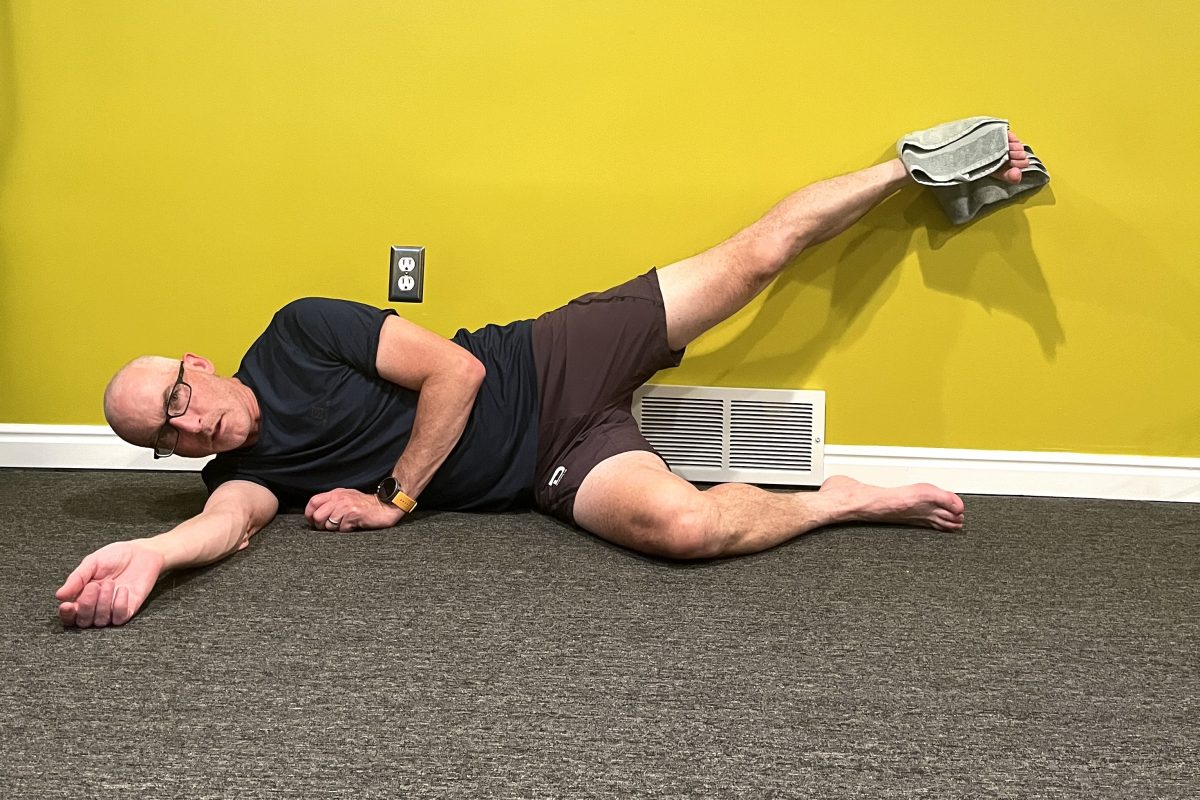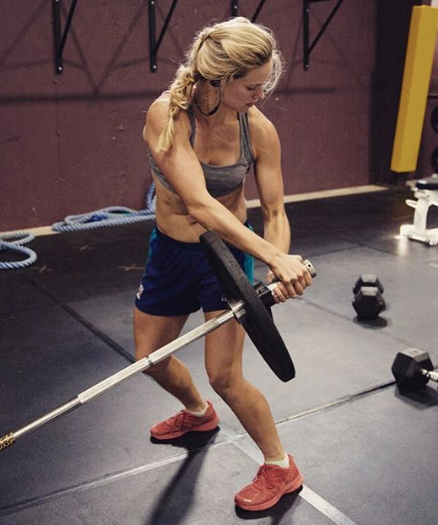What about today’s children, then? Unfortunately their daily life is probably a little different. In an article in a recently published magazine (Fjell og Vidde), PÃ¥l Egil MjÃ¥vatn — the leader for the Norwegian Center for Research on Children — wrote a little bit about what has happened:
“Earlier children’s free time consisted mostly of unorganized play outside. Today we have organized all of the free time to the point where there isn’t any more. While youth in earlier generations reigned over their own youth culture, now we adults have broken into our children’s lives. We have planned and organized their time to death. The following has happened: while six year-olds are inactive 75 per cent of the time when adults steer their time, they are only inactive six per cent of the time when they direct their own activities.
“If we continue to organize children’s free time as we do now, we are in danger of making their daily life risk-free. Playgrounds are flat, without natural boundaries that can teach children something about their own abilities and limits. An example if this is a playground in a day care where a tree was left standing, but all the braches lower than three meters were cut off so that no one could climb the tree and possibly fall. If we make their play boring, more and more children will seek an adrenaline rush and excitement in other and far more dangerous areas.â€
Mjåvatn writes that children have become clumsier than earlier generations. Many cannot even tie their own shoelaces. Teachers talk about a greater lack of concentration and disorder in the classrooms. Children have become more coddled. They are not used to being out when it is raining or cold. They tolerate less discomfort and have fewer challenges.
This concerns me. It should concern everyone who has something to do with children. It should especially concern everyone who is involved in the future of endurance sports in Norway. I am convinced that neither Vegard Ulvang not I would have gotten as far as we did if we had not been so active as children. But I am also convinced that today’s parents love their children just as much as earlier generations. No parents want their children to have a poorer and less developing upbringing than earlier generations. So those who are looking to assign blame and responsibility need to look other places besides the parents.
Norwegian sport has made amazing progress in the 1990s. With the proper work of the existing support personnel we should be able to continue our dominance well past the turn of the century. But then what? What will happen to cross-country skiing and other sports where one reaches the top only after one has passed ages 23 or 24?
I see many danger signals, first and foremost in children from ages seven to 15. It is in this part of growth that an elite athlete in endurance sports builds his or her foundation for later success. Without this foundation, one cannot make use of the amount of training that is later necessary to reach the top. The most important thing until children turn 15 is not organized training and closely followed training logs, but spontaneous unorganized games: play.
We are in the midst of the data-age: video games and mall culture. In summary this leads to passivity. You won’t find much active play at a computer monitor or at the ice cream store in an overflowing mall. But naturally there are still children who continue to play actively. The whole picture must be considered, but I fear that the main trends have been pushed in the wrong direction.
It doesn’t help matters that physical education is a disappearing subject in school. In my opinion the hours spent in physical education class are too few. The contents of the classes that are held do not lead to stimulation of the joy of competition, but rather the opposite. For a while competition had disappeared entirely because the school directors were afraid of producing losers. Everyone should be handled equally. Not even today is competition popular in the Norwegian school systems.
It is good that children train together. But organized training can never replace play. Organized group training seems to create passivity. Far too often the youngsters will follow the coaches advice completely, instead of developing their own initiative. “You have to dare to lose in order to win,†said the famous sports psychologist Wiley Railo many years ago, It should be a motto for today’s leaders in day care and school. My impression is that the theme now is more like: “You do not have permission to…â€
Children need to try and fail. They need to b able to play freely and develop their own activities.



